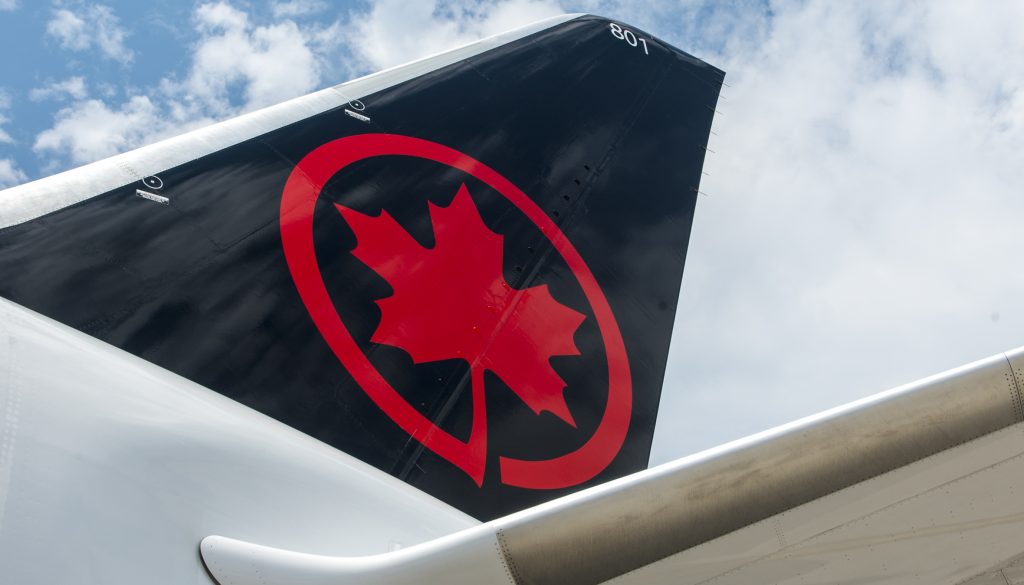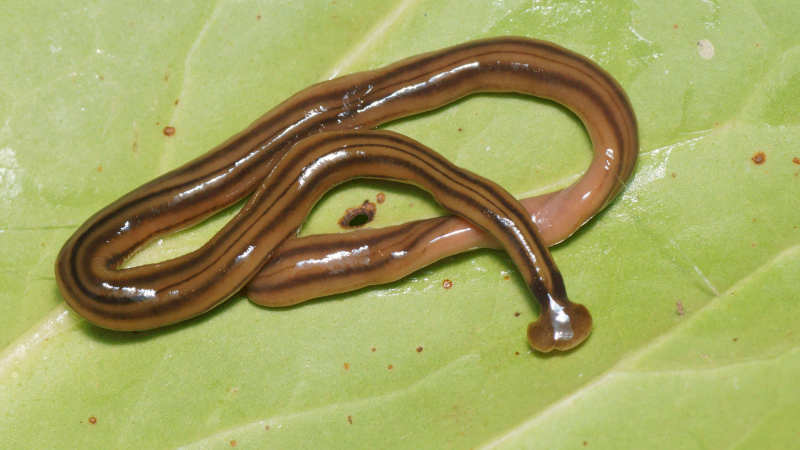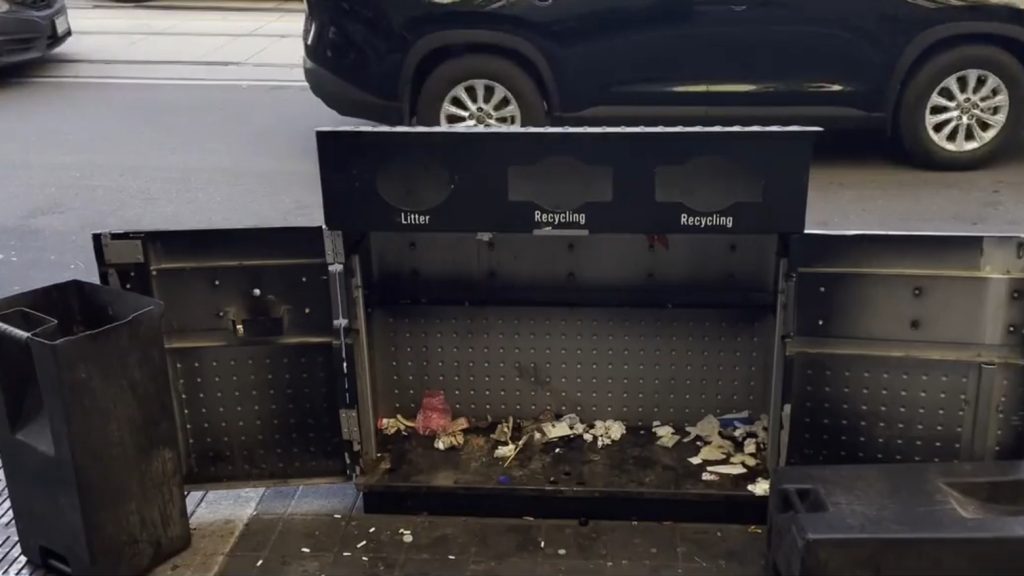Work wraps up on first blue whale carcass washed up in Newfoundland
Posted May 13, 2014 2:17 pm.
This article is more than 5 years old.
After five days of slicing, hacking, and wading through blue whale innards, the work of dismantling the largest animal on the planet is almost done for Mark Engstrom and his team.
Engstrom, deputy director of collections and research for the Royal Ontario Museum, along with a team of eight others — including a museum colleague, four locals, and a three-person team from Research Casting International — are down to the skull.
“All the other bits are done and loaded,” Engstrom said Monday.
To pack up the massive head, the seven to nine metre lower jaws have to be removed first, and then the baleen, then the cranium can be cleaned and loaded into the truck that will take the remains from the shores of Newfoundland to Ontario.
The whale Engstrom’s team is recovering is among nine killed by unusually thick sea ice, Engstrom said, adding that number represented about five per cent of the population in the North Atlantic.
Engstrom credits the team for the heavy lifting, literally.
“This is the largest animal that’s ever lived, so you can imagine every rib, every vertebrae is bigger than every other animal. So everything is very heavy.”
After pulling the bones apart, they have to remove any flesh, membrane, and muscle.
Northwest Atlantic blue whales are considered the largest animals on the planet. They can grow to the length of almost 30 metres — the equivalent of two city buses — and weigh up to about 180 tonnes.
The whale Engstrom’s team is working on in Woody Point, Nfld. is intact, even after a local took a chainsaw to the flipper. Engstrom’s team easily recovered the missing flipper when the local who scoffed it came forward.
Once the skeleton and tissue samples are prepared, they’ll go into the research collection at the museum.
Engstrom would like to display the whale for museum visitors, but there is no funding for that project at the moment.
“I want to put up a spectacular display of all these whales,” said Engstrom, who has gathered six different whales — humpback, sperm, right whale, killer whale, blue whale, and a fin whale.
But first the processing takes a year or two, mostly because of the amount of oil whales contain in their bones.
“Everything is greasy on this whale right now,” Engstrom said.
The oil helps save whales’ bones from being crushed when they dive deep under water.
“You have to work at it to get it in a condition where it can stop decomposition, and stop it from dripping on the visitors.”
Engstrom had hoped to handle both whales after local officials asked for help dealing with the rotting carcasses out of concerns they could harm business in a prime tourism zone. But he said unexpected costs, such as towing the first whale from Trout River to nearby Woody Point, have added up.
The Department of Fisheries and Oceans says the whale carcasses are not federal responsibility.
Engstrom has been breaking down whales for about 10 years. He says it’s a skill you learn by doing, though his knowledge of whale anatomy helps going in.
As for the stench, Engstrom says he adapted in the first five minutes.
“It is what is it. You say, Ok, this whale is going to stink. And you get to work.”
With files from Canadian Press










